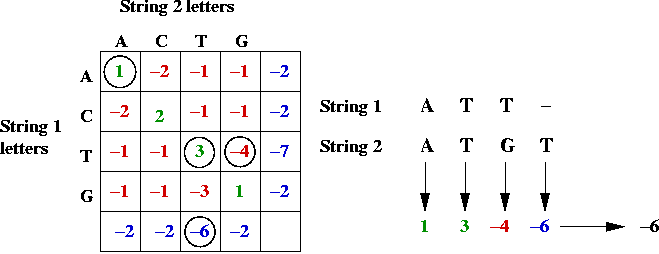

Readers encounter a discipline finding its legs amid exhilarating and sometimes terrifying progress. In a masterful blend of history and on-the ground reporting, Christian traces the explosive growth in the field of machine learning and surveys its current, sprawling frontier. In best-selling author Brian Christian's riveting account, we meet the alignment problem's "first-responders," and learn their ambitious plan to solve it before our hands are completely off the wheel. The mathematical and computational models driving these changes range in complexity from something that can fit on a spreadsheet to a complex system that might credibly be called "artificial intelligence." They are steadily replacing both human judgement and explicitly programmed software. And as autonomous vehicles share our streets, we are increasingly putting our lives in their hands. We can no longer assume that our mortgage application, or even our medical tests, will be seen by human eyes. Algorithms decide bail and parole - and appear to assess Black and White defendants differently.

Systems cull résumés until, years later, we discover that they have inherent gender biases. Researchers call this the alignment problem. When the systems we attempt to teach will not, in the end, do what we want or what we expect, ethical and potentially existential risks emerge. Recent years have seen an eruption of concern as the field of machine learning advances. Today's "machine-learning" systems, trained by data, are so effective that we've invited them to see and hear for us-and to make decisions on our behalf.


 0 kommentar(er)
0 kommentar(er)
